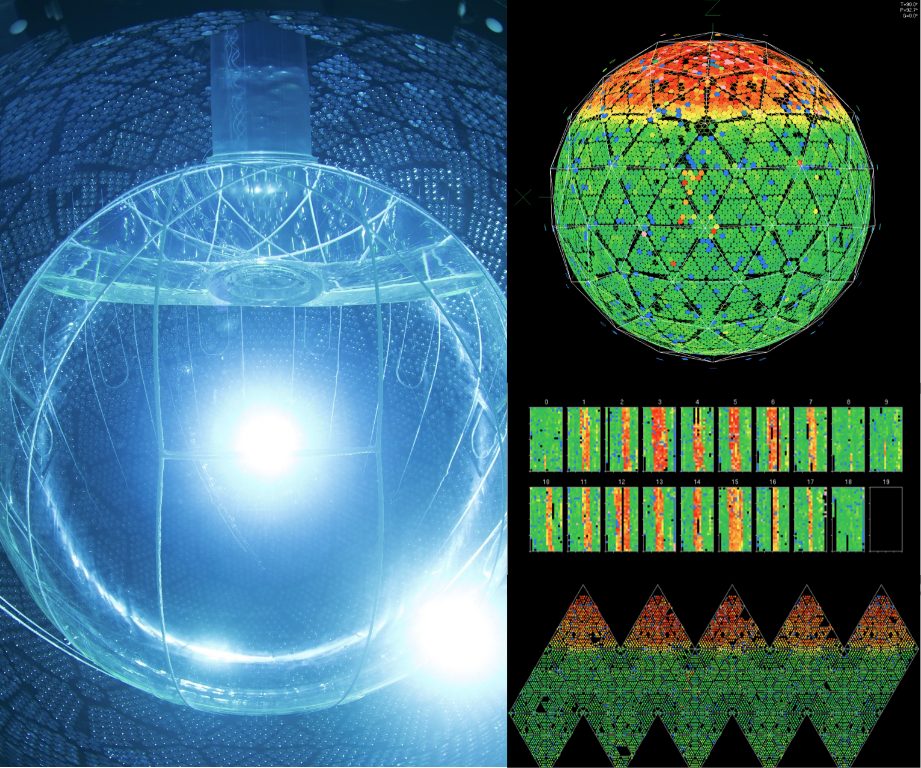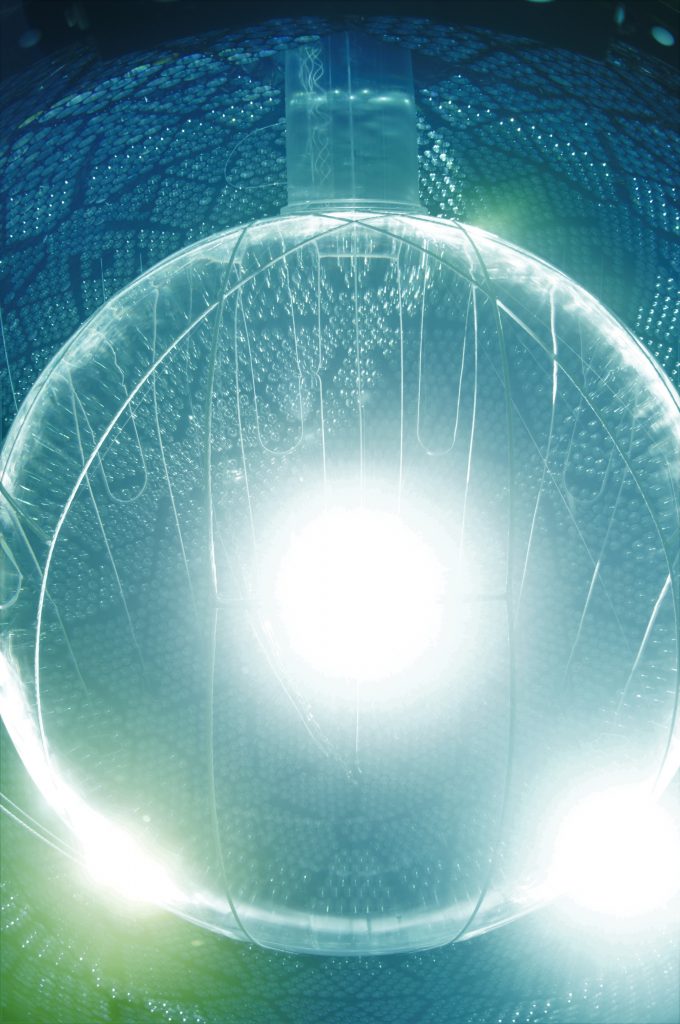SNO+ completes LAB fill
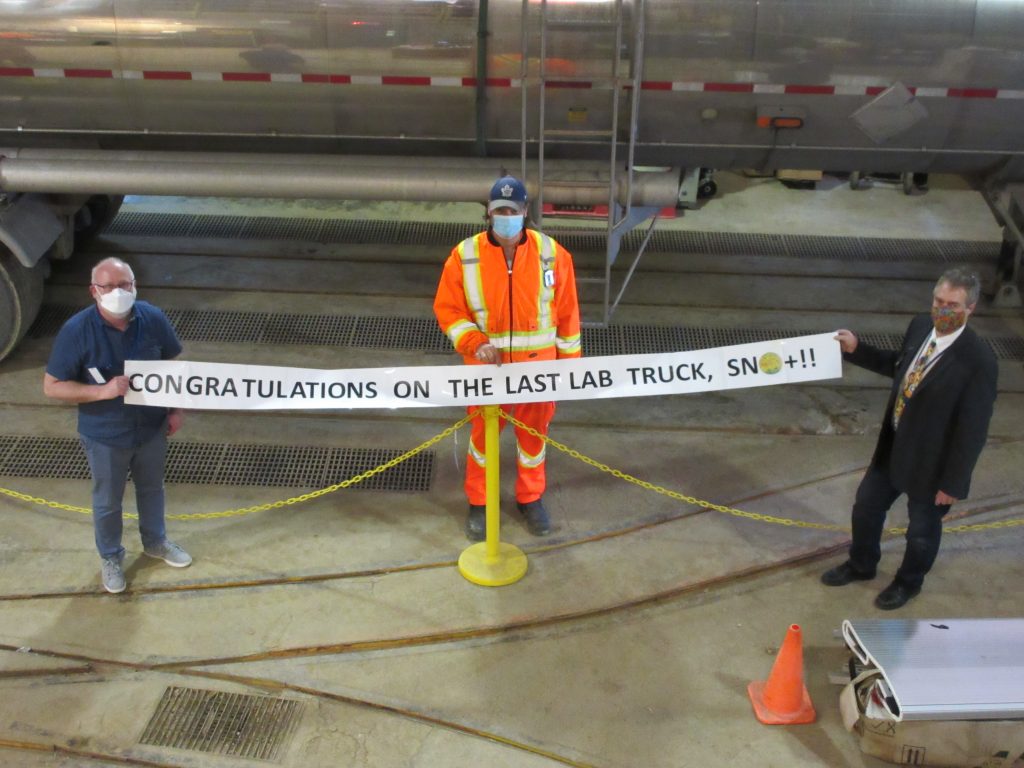
Recently the SNO+ collaboration achieved a huge milestone in completing the liquid scintillator detector fill. The acrylic vessel now holds 787 tonnes of liquid scintillator, all of which had to be shipped underground to SNOLAB in rail cars in the mine cage. Each of these purpose-built cars holds two tonnes, so in total it took about 144 rail car trips to get the scintillator to the lab.
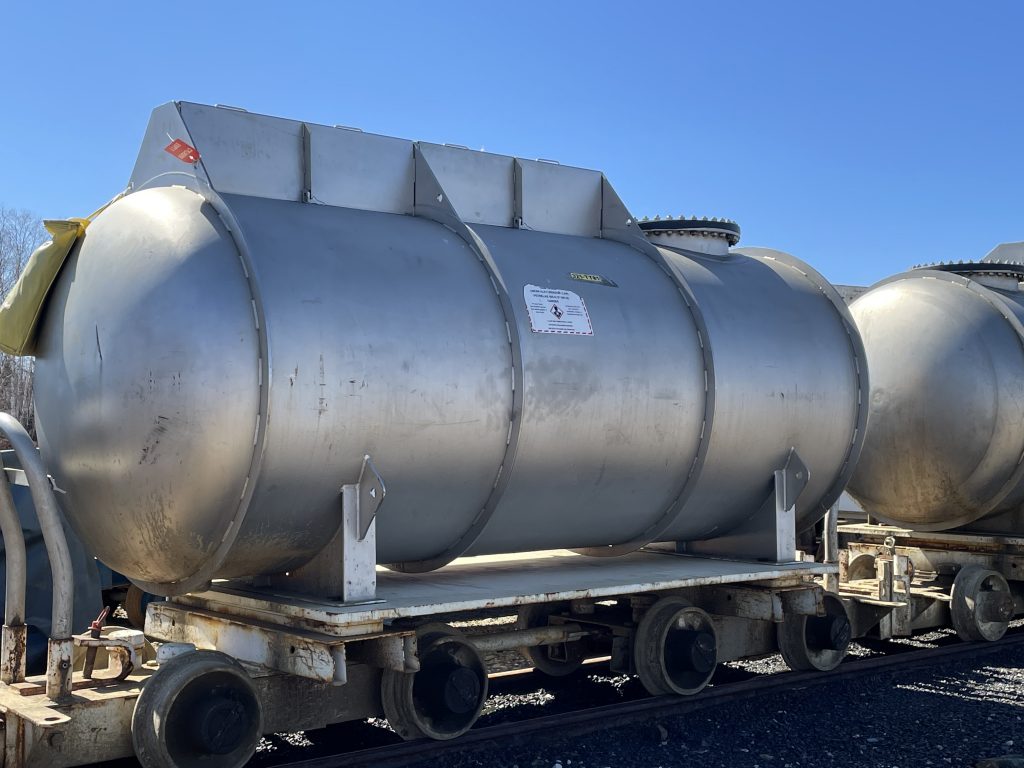
The liquid scintillator is linear alkyl benzene (LAB), a type of mineral oil that produces some photons of light when a particle collision happens. The light signals are picked up by the sensors that surround the inner vessel of the experiment. Filling the detector with LAB makes it more sensitive to neutrino interactions than it was when filled with water, the original experiment phase of SNO+. The LAB arrived on site in large tanker trucks, which were then emptied into a holding tank on surface before being loaded into rail cars for the trip to the lab.
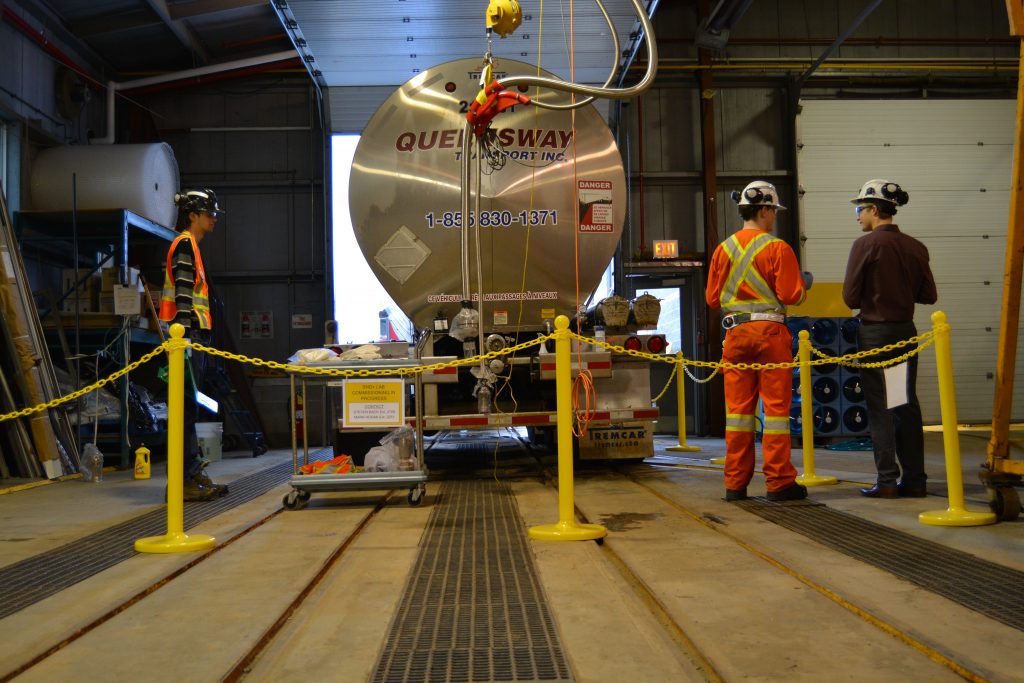
For successful operation of SNO+, the LAB needs to be refined and purified, so the SNO+ and SNOLAB teams built a scintillator plant (essentially a mini oil refinery) underground. When LAB arrived at the lab in rail cars, it was processed through the scintillator plant, and the quality was checked, before being transferred into the SNO+ acrylic vessel.
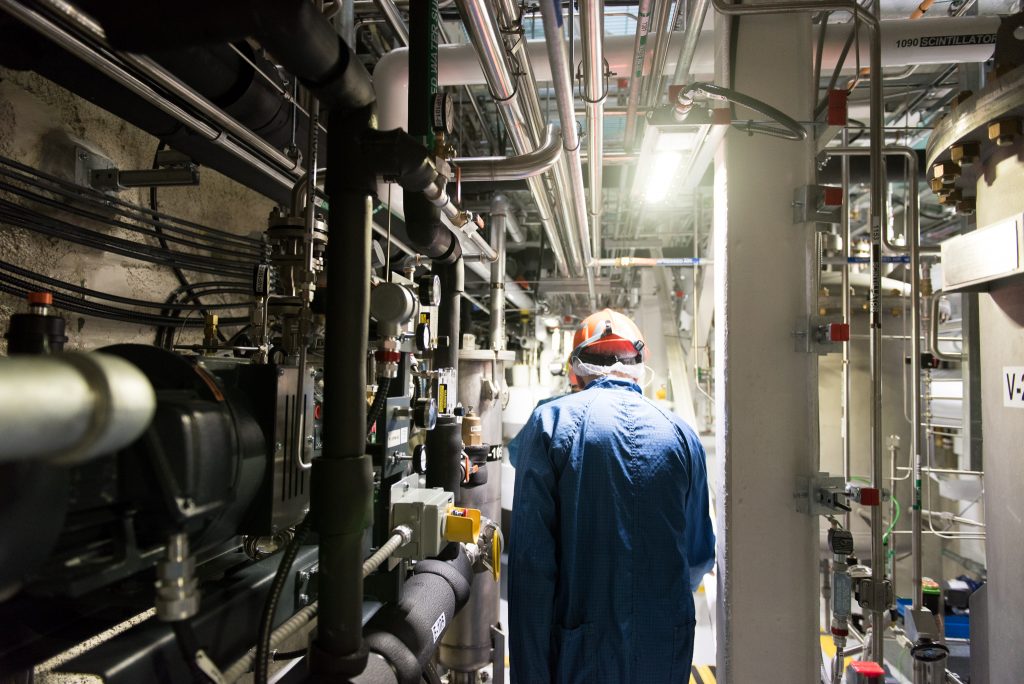
Shipping, purifying, and filling a detector with 787 tonnes of LAB was a long-term task that required the dedication and hard work of everyone involved. Congratulations to everyone involved!
